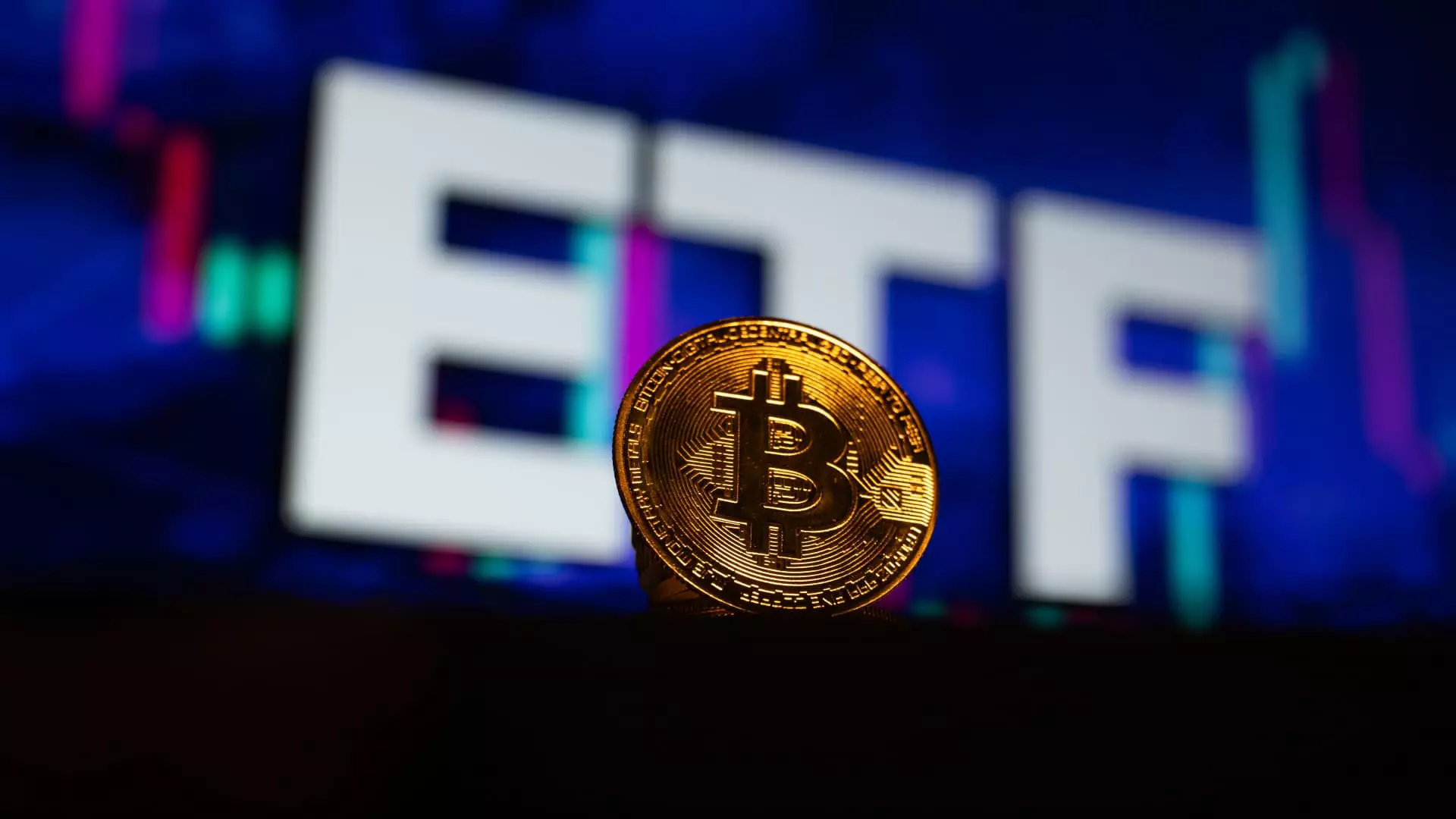Cryptocurrency exchange-traded funds (ETFs) have emerged as a significant innovation in the financial landscape, garnering substantial interest since their debut, particularly those centered around Bitcoin. The initial launch of Bitcoin ETFs, notably led by BlackRock’s iShares Bitcoin Trust, achieved remarkable success, attracting upwards of $36 billion in net new assets within their first year. This initial wave catalyzed institutional interest, effectively doubling the market capitalization of cryptocurrencies by 2024. However, as we look ahead, the landscape for upcoming crypto ETFs presents a different picture laden with challenges and tempered expectations.
As fresh applications for new crypto ETFs targeting coins such as Solana, XRP, Hedera (HBAR), and Litecoin emerge, analysts predict that the enthusiasm may not mirror the unprecedented demand witnessed during Bitcoin’s launch. According to a recent commentary from JPMorgan, the anticipated launches of these ETFs may only capture a fraction of the assets that flowed into Bitcoin ETFs. The disparity stems from the significantly smaller market capitalization of these altcoins alongside a lower investor appetite. While Bitcoin managed to accumulate approximately 6% of its total market cap in net assets during its initial trading year, the expectations for upcoming products are considerably muted.
JPMorgan analyst Kenneth Worthington emphasizes that while the anticipated ETF applications reflect a growth trajectory, one must remain cautious about the prospective adoption rates of these newly proposed funds. Drawing parallels between Bitcoin and emerging tokens, Worthington estimates that Solana, with its $91 billion market cap, might attract between $3 billion and $6 billion in net new assets should its ETFs gain approval. For XRP, which boasts a market cap of $146 billion, the forecast rises slightly, predicting an influx of between $4 billion and $8 billion. These figures starkly deviate from the robust inflows experienced by Bitcoin, signaling a need for a more nuanced approach to how investors perceive and engage with alternative cryptocurrencies.
Underlying these market dynamics is the evolving regulatory environment surrounding cryptocurrencies. Analysts believe that the anticipated shift in leadership in Congress and the White House in 2025 could foster a more favorable landscape for crypto businesses, which in turn might invigorate innovation within the ETF space. As legislative frameworks evolve, so too could the types of products and services offered, setting a tone for future growth opportunities.
Worthington’s assertion that the regulatory infrastructure will shape the development and success of new crypto products cannot be overstated. Investors closely watch for signals from policymakers regarding cryptocurrency regulations, hoping for a system that nurtures growth while ensuring consumer protection. The emergence of a supportive administrative structure is seen as critical to enabling cryptocurrency’s evolution and integration into mainstream financial channels.
Despite the challenges facing new crypto ETFs, there is still an air of optimism among financial professionals regarding the long-term trajectory of Bitcoin ETFs. Tyron Ross, a seasoned investment advisor, suggests that while demand may not reach the dizzying heights of 2024, it is expected to remain “healthy.” This outlook is bolstered by enhanced investor education and increased confidence in Bitcoin as a legitimate asset class.
A crucial factor that could expedite the broader acceptance of Bitcoin—and, by extension, other cryptocurrencies—lies in their inclusion in conventional investment portfolios. A significant barrier remains the absence of cryptocurrency exposure in the majority of model portfolios utilized by advisors, which hinders mainstream adoption. Ross emphasizes the need for this gap to be filled, suggesting that once cryptocurrencies become a staple in these models, a renewed growth phase akin to that of last year could follow.
Looking through the lens of the current landscape, the future of crypto ETFs appears to be one of cautious optimism straddling innovation and regulatory complexities. The anticipated launches of new crypto ETFs represent an evolving market, albeit within a framework of significantly lower expectations relative to Bitcoin’s historic success. Investors and advisors alike must navigate this new territory with tempered enthusiasm, mindful of the educational and regulatory hurdles still to be overcome. With constructive developments on the regulatory front and a gradual shift toward institutional acceptance, the crypto ETF market holds potential for evolution, albeit at a deliberate pace.

